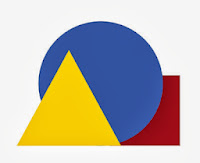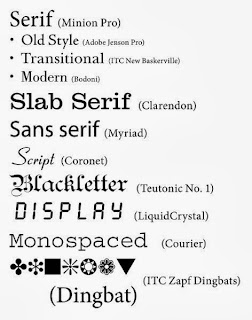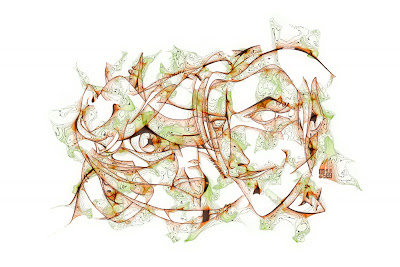So in order to illustrate some concepts from the previous
post on showreel tips (and maybe to feel some nostalgic embarrassment either) I am starting a demonstration of my old demoreels here. The first one dates back to 2004 and represents mostly the television work:
Demoreel retrospective part 1 of 3 - 2004 from
Denis Kozlov on
Vimeo.
Not that much to discuss probably except for it's old and very funny. But even though I didn't have that many cool shots to pick from, there are things which could have been improved here. And they all come down to “killing the babies” as was stressed in a previous post.
The biggest flaw is in the beginning – the first part showing shots from the intro for Rust – the game I've been working on for a couple of years at the time with my friend and a genius programmer Vadim Zabrodin. Rust really felt like a baby to me, and despite the fact that the whole intro was a quickie, assembled in only a week from a budget game-level assets, I did put it in the very beginning and failed to cut it down enough – a rookie mistake:)
And then I should have cut down the rest... Guess it could've turned into almost twice better looking 30sec.
Interesting thing here is character animation. True, I didn't completely realize back then how funny those shots look, still even if I would have, chances are I would have kept them. And it’s something I saw even studios are doing – putting character animation shots in, no matter the quality, just to have it there. This is something my whole essence is screaming against, BUT...
But recalling the job interview I had had showing this 2004 “masterpiece”, the art director of my future employer specifically asked if I did the animation myself and she seemed to be satisfied with the positive answer... So on the other hand, there might be something about throwing some character animation in no matter what – I don't know; still by default I’d avoid any dubious work even if it represents a certain niche. It’s not an easy job for an author to abstract from his work and take a look from the side. Whenever possible, group reviewing sessions are of the greatest value for the matter.
No breakdown for this video, but I held credit for most of the visual material (usually including direction). And of course contacts should have been at both ends and more pronounced. Both were less of an issue in this particular case since I was usually presenting the reel personally, but it wouldn’t have hurt.
One thing cool about this piece, however, was the music. A piece of traditional Altai guttural singing lent by my producer Oleg Zakharov, who used to be working on the album at that time.
So let’s use this positive note to switch to the next item in our little Kunstkamera:
Demoreel retrospective part 2 of 3 - 2007 from
Denis Kozlov on
Vimeo.
Hard to deny the progress here, still as a reel it quite sucks.
The years between these two guys were the time of extensive learning due to relocation and indulging into the new working environment, so I felt I’d eventually had the material to show and did exactly the same mistake - didn’t manage to cut it down. Even worse - made a suicidal attempt to put everything together: game art, drawings - even the logotypes. All for the same old reason - a misconception of “short showreels are bad”.
At least I should have grouped the material into logical chunks like modelling and compositing for instance. Plus I tied myself down by the choice of music. Song 2 by Blur is exactly two minutes long and after planning for some parts of it, I had to fill the rest... Something close to the mistake of trying to tell a story with your demoreel. Just don’t. For stories there are films.
And here we have another “However” - the plan was to sort the mess out by introducing a smart navigation. Yes - those weird little squares in the top bottom corner actually mean something. The key is in the first shot - the intro contact plate. Moreover - the few frames of blinking text in the end is a breakdown! The plan was to avoid a separate breakdown file which can easily get detached from the video, while at the same time not overloading viewer with excessive data. In my imagination, people would notice those little marks of weirdness around the spot and find the answer through little inspection and frame-by-frame watching - that was the plan. Well, clearly it failed. Even myself after few years hardly managed to notice those magic breadcrumbs and recall their sacred meanings. The bottom line - no one is going to watch your reel over and over again, so make sure every statement is loud and clear.
Good thing here was that after compiling this 2007 demo reel, I did start asking people their opinions and impressions, which resulted in the following 2008 compilation notably improved upon its predecessors.
Thus next time we’re going to
finish the retrospective and hopefully start seeing a little difference :)
Hope this will save someone an error or two. Let me know.
And I guess there is no need to mention that none of the contacts from these old show reels are active anymore, except for maybe the email in the second one...














